01/6Optical illusions have been a great source of interest for psychologists
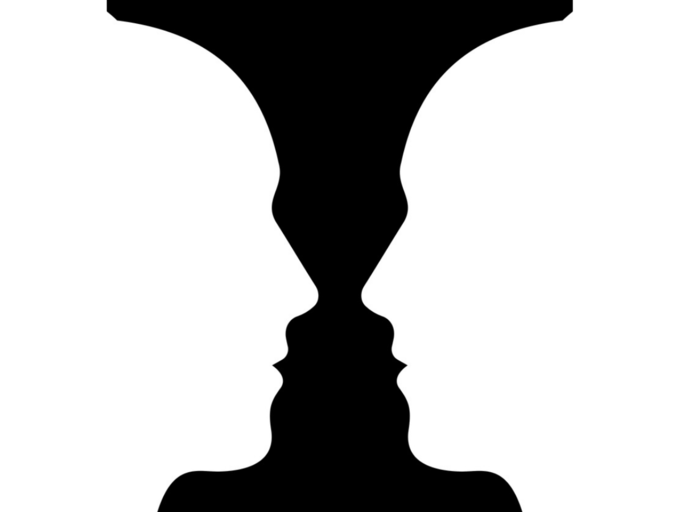
As per the US National Eye Institute, an optical illusion is something that plays tricks on your vision. It teaches us how our eyes and brain work together to see a two-dimensional image.
We live in a three dimensional world. Everything that we see and visualise is a result of depth, shading, lighting, and position of the object. Hence our brain is conditioned in that way.
But when we see a two dimensional image, our brain does not respond in the same way. This is where our brain gets fooled and we visualise the images in various ways.
Optical illusions have been a great source of psychological interest. One can see a number of optical illusions over the internet claiming an in-depth analysis of the personality of the individual.
02/6Do you see a face or a vase?


Popularly known as Rubin's vase, made by Danish psychologist Edgar John Rubin, in this picture you can either see a face or a vase. What you see first will majorly decide your personality.
Face: If you see the face first, then as per many psychologists you notice even the smallest detail in an object. Your vision focuses on the entire object instead of what lies in the bigger picture. People who see the face first are said to be good decision makers.
Vase: Those who see the vase are quick decision makers. They see the bigger picture and rest their decision based on that without going into other details.
03/6Do you see a rabbit or a duck?


Created by American psychologist Joseph Jastrow, the rabbit or duck illusion is commonly used by psychologists.
Rabbit: In an experiment, researchers found that women and older participants saw the rabbit first.
Duck: The experiment found that the majority of the participants saw the duck, not the rabbit.
An interesting finding of the experiment was that a big chunk of participants could switch between the animals. The study which was based on how participants consider everyday objects and their uses, it was found that participants who could switch between the animals the fastest were also able to find an average of three more uses for the everyday objects.
04/6Do you see old couple or young couple?


This is another favorite optical illusion. While at one glance it looks like an old couple facing each other, at another glance you can see a young couple sitting.
Old couple: If you are someone who sees the old couple first, psychologists say you have an eye for peace and contentment. They add that it may be because you are currently in a peace state of mind.
Young couple: Many psychologists have linked the age of the viewer with this perception. Confidence and curiosity are two factors that drive the brain to visualise the young couple in this photo.
05/6Do you see a young girl or an old man?


Another interesting optical illusion, the girl and the old man can also tell a lot about personalities.
Girl: If you see the girl first, maybe you are more curious, strong and optimistic.
Old man: If you see the sad old man it is likely that somewhere the flow of positivity has stopped within you. You see things that are distressed more often than the happy pictures.
06/6Do you see a bird or a lynx?


In this picture the bird is seen on the upper part of the picture whereas the lynx is seen as the bigger picture
Lynx: If you see the lynx first, researchers say you do not focus on the details of things, which can be a reflection on how you deal with issues and problems. It can be a possibility that you only look at the things that visually attract you and ignore the ones in the background.
Bird: If you see the bird, you are a keen observer. You take your time to observe things properly before giving a conclusive answer or even making a decision.












































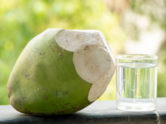































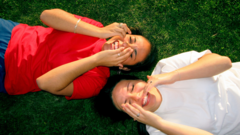


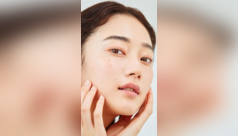
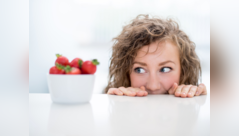


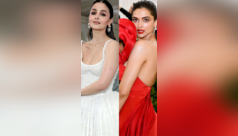

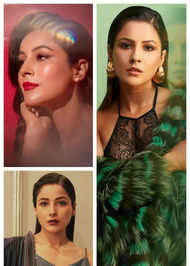

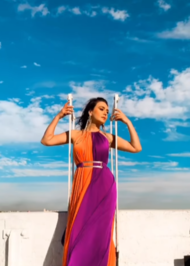





















closecomments
SIGN IN WITH
GoogleEmail